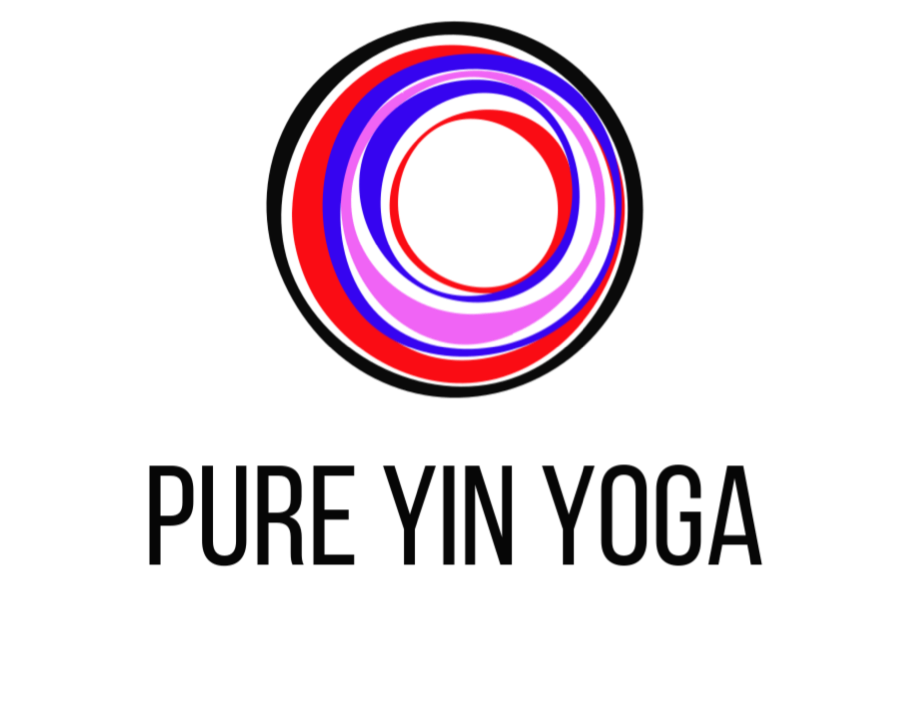“Touch comes before sight, before speech. It is the first language and the last, and it always tells the truth.”
MyoYin Yoga is a form of Myofascial Release combined with the static, floor-based deep tissue stretches of Yin Yoga. It is a safe and very effective hands-on technique that involves applying gentle, sustained pressure onto trigger-points (muscle knots) and general myofascial restrictions, with the aim of restoring motion, easing pain and releasing tightness that occurs in response to poor posture, over-use and stress. MyoYin can be considered a deep tissue self-massage, in which we utilise dedicated Therapy Balls (not tennis balls, which are too hard and may damage tissue) and other yoga props. These classes will leave your body and mind feeling delicious!
BUT, WHAT IS FASCIA?
It is the biological fabric that holds us together. Plainly said, fascia is connective tissue that looks like a densely woven spider’s web, made primarily of collagen. It is literally everywhere within your body, and attaches, connects, supports, separates, protects, insulates and encases your bones, cartilage, joints, tendons, muscles, organs, nerves and everything in-between that is underneath your skin.
WHAT IS MYOFASCIA?
Myofascia is the fascia that is wrapped around each muscle and muscle fibre. It comprises about 30% of the muscle and, amongst other things, prevents friction between the tissues by covering the muscle surface.
Myofascia has a soft texture, and because of this, it can get atrophied (deteriorate) or adhered (stuck). This tissue atrophy and adhesion can cause pain or stiffness, which may result in decreasing muscular functionality. In other words, since the myofascia connects the whole body, adhesions can limit movement of the muscle. (Imagine wearing a very tight wetsuit, and how your movement would be restricted!) By freeing up the fascia, the surrounding muscle will regain its mobility and functionality. For example, when lower back pain is present, treatment that includes not only the pain source, but also the myofascia around the painful site, such as the glutes, hamstrings and adductors, can decrease the symptoms.

